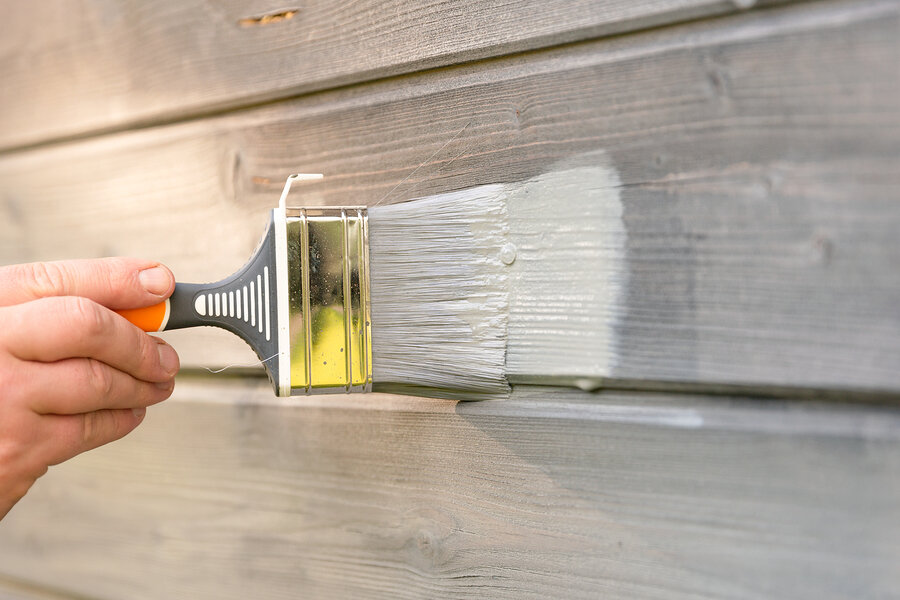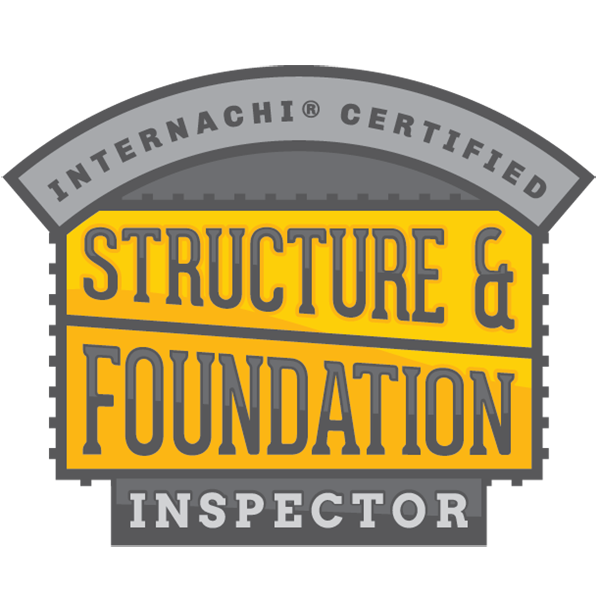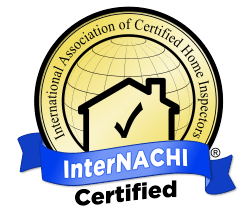Whitewashing Is An Easy DIY Project!
Whitewashing is a tried-and-true method that can give a piece of furniture, a fireplace, a wall, or even an entire home exterior a major makeover. Even more impressively, when used on brick, whitewash provides a resilient and protective coating that can help preserve the brick. In many cases, whitewashing is a relatively inexpensive and easy way to remodel and spruce up features of a home. Whitewashing is a classy, elegant aesthetic that most homeowners (and potential buyers) love. Here’s how to prepare for whitewashing!
4 Steps For Preparing to Whitewash Anything
What Can I Whitewash?
Whitewash can be applied almost anywhere, from a house exterior to a fireplace to a wall or piece of furniture. Even kitchen cabinets! It’s an excellent strategy for preparing a home to be staged prior to listing it for sale if you want to modernize and freshen up areas of your home. It’s currently very trendy and can give new life to just about every part of a home.
Can I DIY Whitewash?
While you’ll probably want to hire professionals to do something as big as a home exterior, an interior whitewash can be a fairly simple DIY. It’s probably a good idea to try your hand at refinishing a small piece of furniture rather than jump into a full-on exterior home whitewashing project. Since this is becoming a popular trend among DIY’ers, ask around to see if you have any experienced friends who would be willing to guide you through the project.
When Is The Best Time To Whitewash?
You can do a whitewash anytime. If it’s exterior, just make sure the weather is clear so once you wash the brick you can let it dry before painting. Of course, before doing an exterior whitewash, check that your neighborhood association doesn’t have any kind of pertaining restrictions.
What Materials Do I Need to Whitewash?
You’ll need brushes, white paint and water or whitewash paint, and protective equipment like masking tape and plastic sheets, depending on where your project is. If you’re whitewashing wood, a water-based protective sealant is an optional addition. Also, not all paint and paint hardware/tools are of the same quality or meant for the same building materials, do a bit of research to find out if you’re using the proper materials and if those materials will stand the test of time. Of course, safety is important so remember to grab safety gear like masks and gloves.





